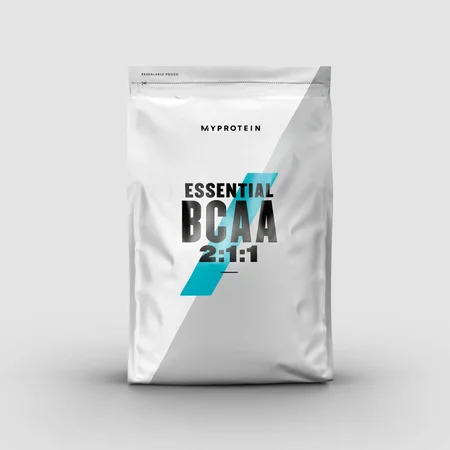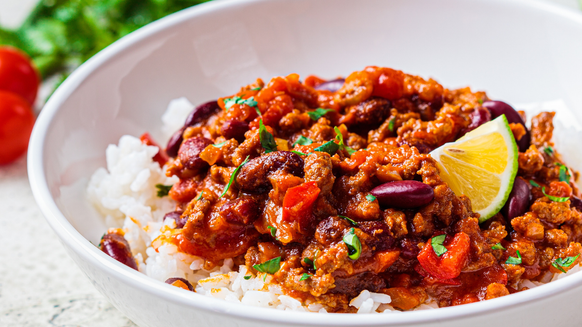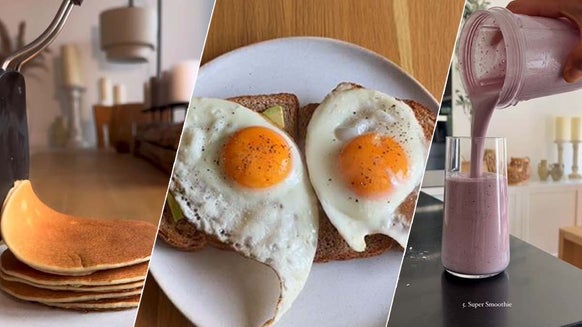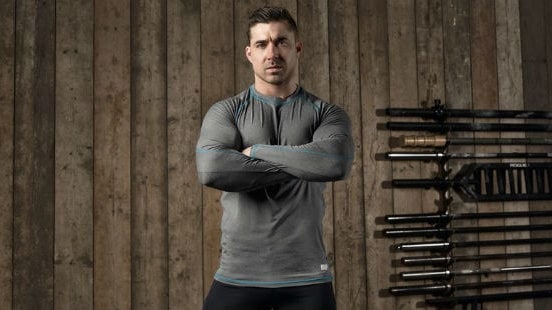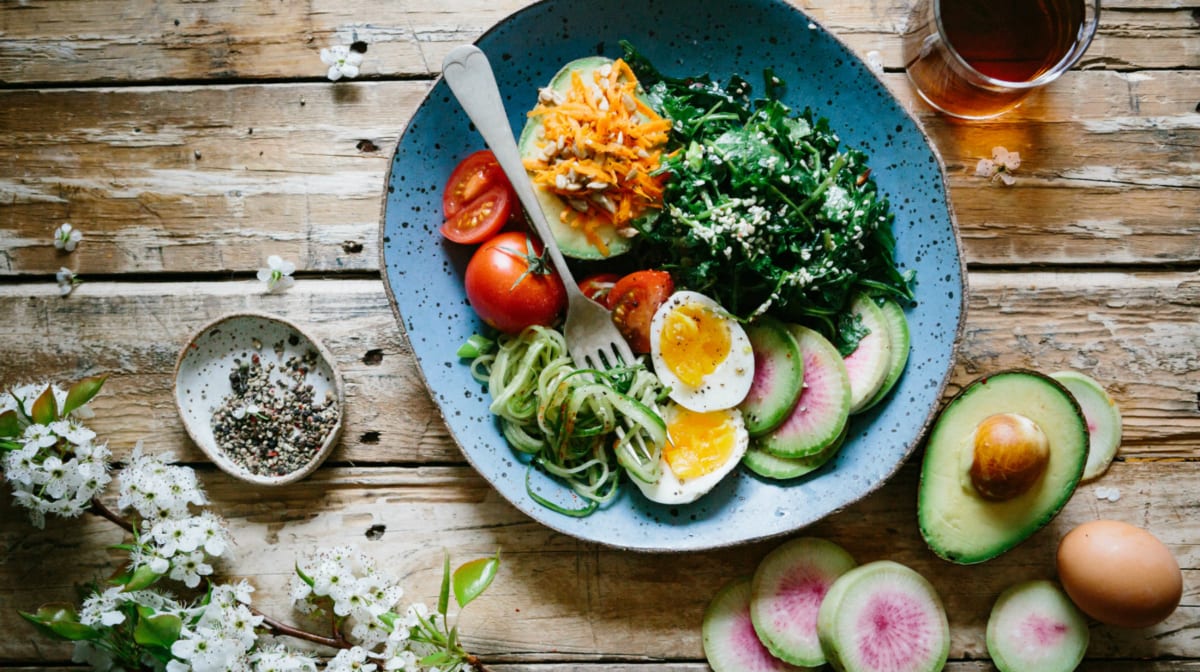
Ketogenic diet has high amount of fats, A moderate amount of protein and a minimal amount of carbohydrate. Ketogenic diet was developed as a cure for epilepsy patients. The human body uses glucose as the primary source of energy; carbohydrates are converted into glucose and the glucose is transported to the brain and other parts of the body. Glucose levels in the brain were a reason of frequent epilepsy attacks.
However it was observed that when there is very minimal carbohydrate consumption, the human liver produces Ketones that are used as a primary source of fuel. The liver burns fatty acids into ketones that are transported throughout the body that replace glucose as the primary energy provider. The higher the ketone level in the body, lesser is the chances of epileptic seizures.
The Ketogenic Diet & Its Fat Loss Effects
The other side effect of Ketogenic diet discovered was its ability to aid in rapid fat loss. Numerous studies were done and it was observed that Ketogenic diet is a perfect way to loose body fat while maintaining most of the muscle mass. This fact made Ketogenic diet very popular among masses aiming to look lean in a short span of time.
In this article, I would like to discuss about the various components of a Ketogenic diet and the things to be taken care of while on a Ketogenic diet. By the end of this article, one should be able to form a Ketogenic diet plan himself.
Basics of the Ketogenic Diet
The whole concept of Ketogenic diet revolves around the consumption of more and more fats and a minimum amount of carbohydrates (<30 grams). The protein consumption has to be moderate and an optimal level of fibers to aid in better bowel movement. Let's take a deeper look into the macros.
Protein
Ketogenic diet has a muscle sparing effect. If a moderate amount of protein were consumed, there would be a minimal muscle loss as compared to other diet. It is always said that when you lose fat, you lose muscles too. This is true but in Ketosis this is minimal.
An optimal amount of protein should be 0.8 grams * per pound of body weight.
Don’t try to increase more than this, as this is the amount you require to maintain your muscles.
Carbohydrates
Now here’s the big deal: most of us hate carbohydrates as we think they make us fat. Depending on the circumstance this might not be true but low carbohydrates are the key to the Ketogenic diet. A small blunder can kick you out of Ketosis.
The amount of carbohydrates to be consumed should be less than 30 grams - the fewer, the better. In my personal opinion, the range of carbohydrate consumption should fall between the range of 15-25 grams per day.
Fats
Eat fat to burn fat. When we talk about fat, fats from natural sources like Milk, Cottage Cheese, Cheese, Olive oil, Avocados and nuts are the key. The ratio of fats: protein+carbs combined should be 4:1. So more number of calories should come from good fats.
Fiber
Fiber is an important source for perfect bowel movement. Inclusion of fiber rich foods like Coriander leaves, Spinach, Broccoli, Kale promotes healthy body and mind and aid in better bowel movement. They also contain vitamin and minerals that are required by the body for functioning.
It's advisable to have around 300 grams of Spinach/Broccoli daily when following a Ketogenic Diet.
Water
Being hydrated is the key. In Ketosis, the body’s requirement for water increases and it is advised to consume 6-8 liters of water daily. Water helps to wash away ketones from the body.
Vitamins & Minerals
The body requires vitamins and minerals for proper functioning. Supplementation with a multivitamin becomes a must in Ketogenic diet. A multivitamin tablet ensures that the body is meeting its supply.
Now let's look into how to incorporate a Ketogenic diet plan.
Planning the Diet: Steps For A Successful Keto Diet
Before planning a perfect Ketogenic diet , lets have a look at these basic steps which are needed to be carried out before hand.
BCA Calculation
BCA stands for Body Composition & Analysis. BCA is a test that is done on a machine. The machine calculates various aspects of the body like Fat %, Weight, Muscle Mass, Water %, BMI and so on.
Most gym facilities have a machine that can calculate the BCA. The BCA test is very necessary in designing the perfect diet chart for any individual.
Lean Body Weight Calculation
The BCA test report should have this but calculating it manually is also an easy task. The formula to calculate Lean Body Weight when the Body Fat % >2
In case of fat % being less than 20% original body weight shall be considered for BMR Calculation
Example: A person weighing 103.2 kg and having a fat % of 43.2 will have a Lean Body Weight of 58.6 Kg.
BMR Calculation
A BCA report has a BMR calculation but machine calculate it using the present body weight and not the Lean Body Weight. BMR calculation with Lean Body Weight helps in determining the amount of calories required to maintain the muscles.
BMR can be calculated by using the URL given below.
Note: Please enter your “Lean Body Weight “ in the “Weight” field if your body fat is greater than 20%. In case its less , consider the Present Weight. Do convert them into lbs.
The BMR calculator shall generate a score and that score shall be the starting point. The score shall be rounded off to the nearest integer.
If the computed BMR score is 1486.5, round it off to 1500 for easiness.
Daily Calorie Calculation
Now let's calculate the daily calorie requirement for Ketogenic diet. The BMR calculation serves as the daily calorie requirement. So if after rounding off, the BMR is 1500 – your calorie goal is a strict 1500.
Macro Calculation
Ketogenic Diet plan aims at eating more of fats and a minimum amount of carbs while maintaining a descent level of protein as mentioned above. The ratio of Fats: Protein: Carbs should be 60:35:5.
It has to be kept in mind that 1 gram of fat has 9 calories, 1 gram of protein and carbs have 4 calorie each. So in a 1500-calorie diet, 60% of calories should come from fat, 35% from Protein and only 5% from carbohydrates.
To sum up the calculation, 900 calories from fats that amounts to 100 grams of fat consumption. 525 calories from protein that amounts to 131.2 grams of protein and only 75 calories from carbohydrates, which amount to 18.75 grams of carbs.
Diet Chart Formulation
Keeping point D & E in the mind a diet chart can be made. It is advisable to divide the meals across the day; a perfect diet chart is the one that has 5-6 meals. Make sure that you meet the exact calorie goals. A +-50 calorie is allowed but lesser could shut down the metabolism and more calorie will kick you out of ketosis for some time.
Make sure that after every week , you get a BCA done again to keep a track of changes and do add 100 calories in your diet every week.
The Human Body, Ketosis and the Keto Flu
It typically takes 3-4 days for the human body to get into Ketosis. The first few days could be restless: the energy levels tend to do down and the body feels lethargic. The body starts craving for sugar and these symptoms are known as Keto Flu that do last for 3-4 days. This happens because the body is in transition phase but later energy levels are restored.
Expect to lose around 3-5 kg in the first week which is basically the water weight. Fat loss starts occurring after the first week and within first 4 weeks expect your fat % to drop down by 4-5% (if your current fat % >20).
Ketogenic Diet Duration
Ketogenic diet is a lifestyle - an eager person can continue until he meets his goals. It works across all fat % levels and even people having 12% body fat go into Ketosis to reduce further.
I would recommend my readers to get the BCA test done every week to check the changes in the body. A BCA report is a great way to keep a check on fat % as well as Lean Muscle mass. If the Ketogenic diet is clubbed with workouts, fat loss is faster and there is a gain in lean muscle mass.
There might be chances that the Ketosis process has stopped for you or has slowed down. To deal with this, it’s recommended to have a cheat meal preferably in dinner and again start following the previous diet chart. It has been observed that ketosis slows down after 4 weeks.
Points to Remember
- First few days would be tough. Well, fat loss was never easy. It's you who has to become strong.
- Ketosis is a proven mechanism to aid in fat loss and can be inculcated across fat % greater than 10.
- Try to consume carbs just after your workouts in the range defined (<30 grams per day).
- Try to feed yourself before sleep. Make sure your last meal is the heaviest because recovery is best in the night.
- Add in multivitamin supplements.
- Black Coffee and Green Tea can be consumed throughout the day.
- In case of sweet cravings, add Stevia to your coffee.
Fruits, sugar and candies are a big no! - Have a BCA test every week to note down the changes.
- Drink lots and lots of water. Make sure you drink 5-7 liters daily.
- Incorporate High Intensity Volume Training to your regime for maximum benefits.
- Don’t incorporate cardio when you are in Ketosis.
- Consume BCAAs throughout the day for better protein synthesis.
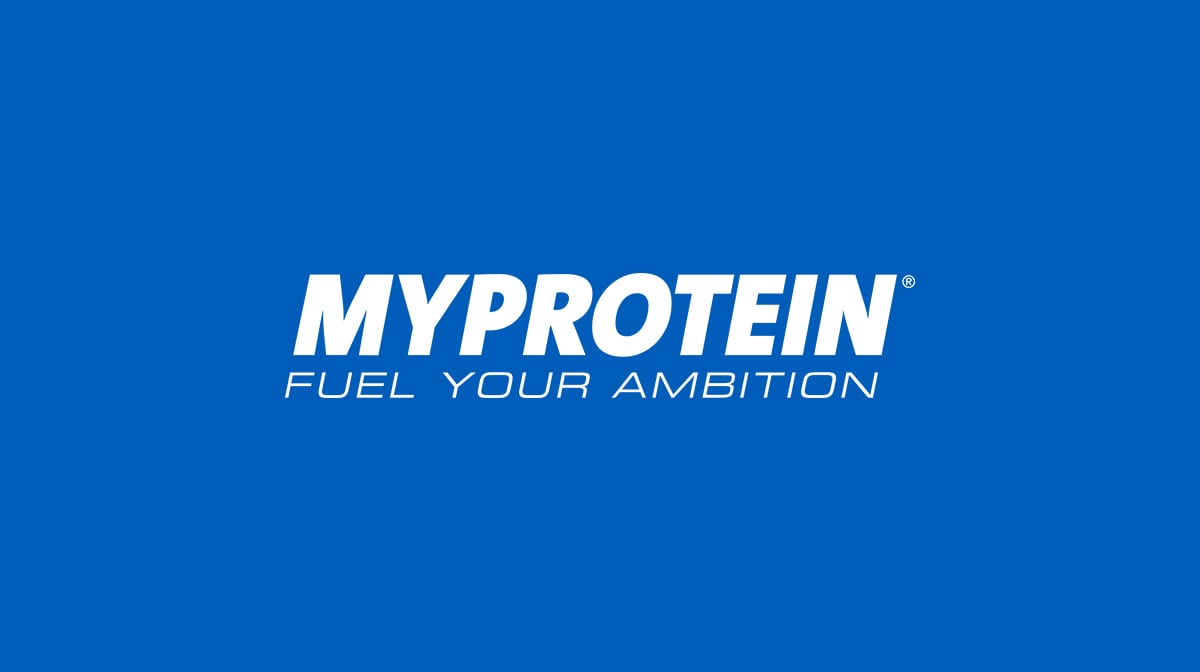
- https://en.wikipedia.org/wiki/Ketogenic_diet
- Freeman JM, Kossoff EH, Hartman AL. The ketogenic diet: one decade later. Pediatrics. 2007 Mar;119(3):535–43.doi:1542/peds.2006-2447. PMID 17332207


